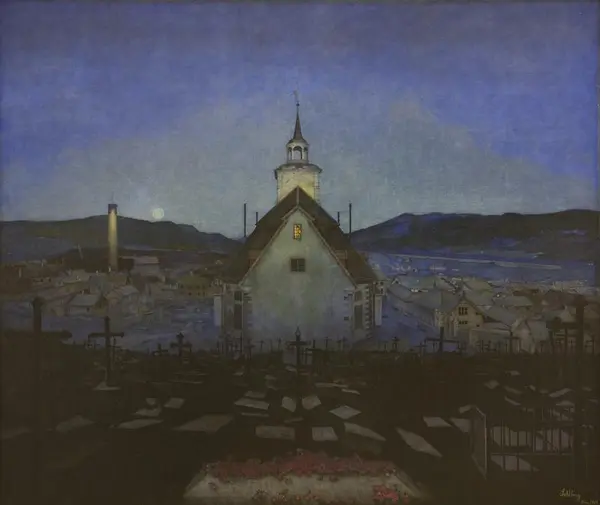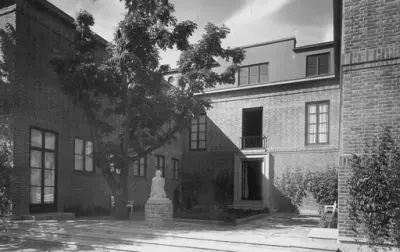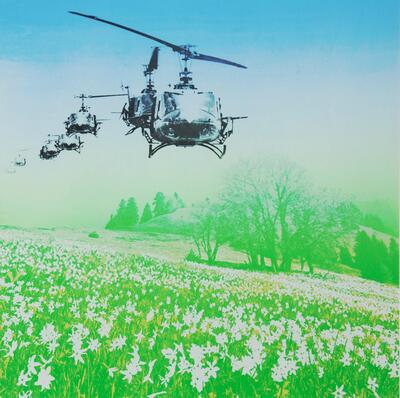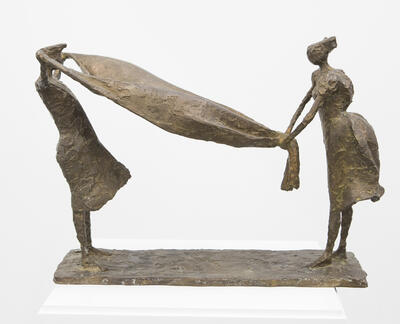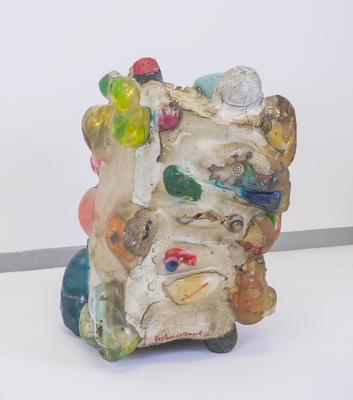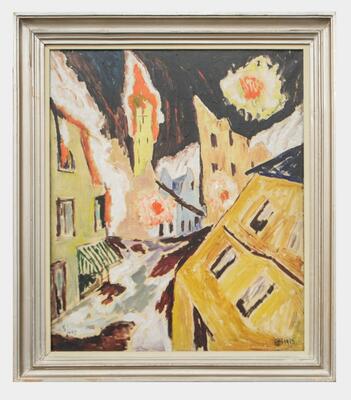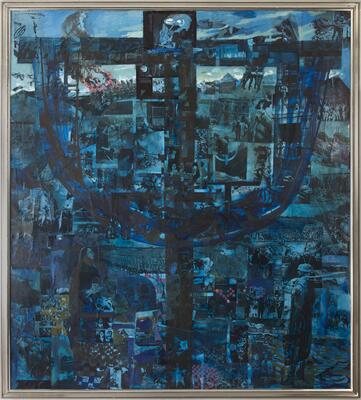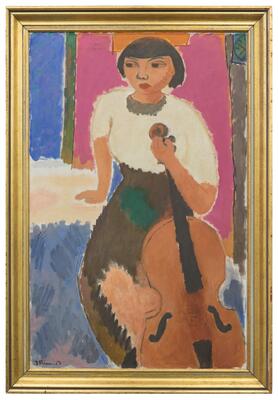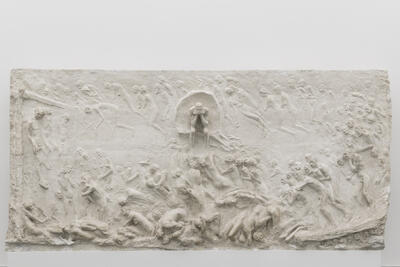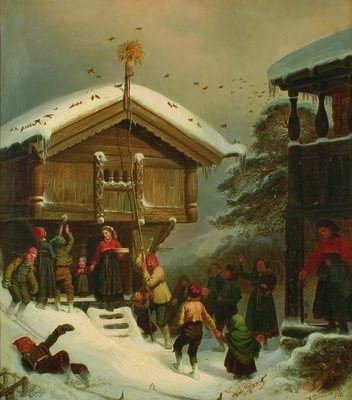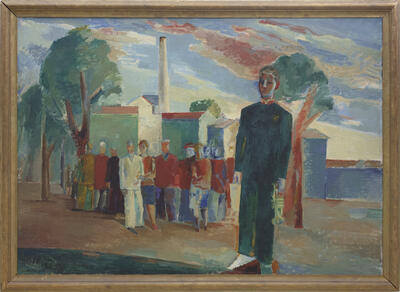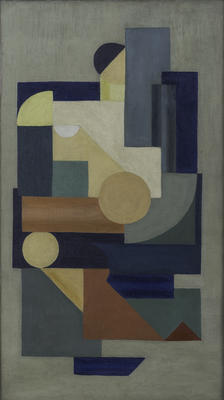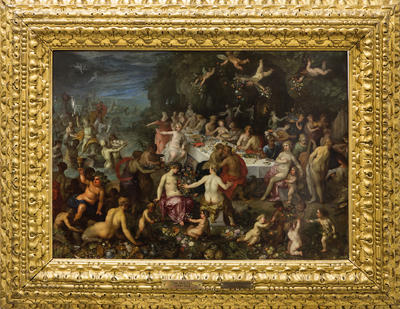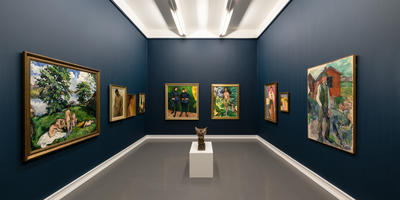- 1/1
Harald Sohlberg (1869-1935) Natt. (Røros kirke) (Night. The church at Røros)
Purchased in 1904 from the artist with insurance money and funds from the Brændevinssamlaget. (i.e. a liquor company)
Natt. Røros kirke (Night. The Church at Røros) is one of Harald Sohlberg’s most important works. Coincidence and an unfortunate incident caused it to become part of Det Faste Galleri. (i.e. the permanent collection, and later a part of the Trondheim kunstmuseum Collection)
In 1898 Trondhjems Kunstforening bought Sohlberg’s Studie fra et Arbeiderkvarter i Kristiania (Study from a Working Class Neighbourhood in Kristiania), a typical example of the “mood painting” of the time. The painting was later lent to the organisers of an exhibition in Munich, but never returned, as it was lost in a ship fire on its way. The Association quickly decided to use the insurance money to purchase a new painting by Sohlberg, who had then settled at Røros with his family. Natt. (Røros kirke) was offered to the Association for the sum of 2 000 Norwegian Crowns, but Jens Thiis refused to go higher than 1 000 Norwegian Crowns. In the end, the parties decided to meet about half way, and they agreed to set the price at 1400 Norwegian Crowns for the work that critics later spoke of as Sohlberg’s artistic breakthrough.
Sohlberg’s depiction of night at Røros have captivated and spellbound ever since. Solemn, monumental, and intense with a carefully tuned palette and a mystical shine. Beneath the deep blue sky with hints of violet and green, the night has fallen on the slumbering town and the churchyard. Here is light and dark, life and evanescence in a rare, thought provoking unity.
The work was a very important part of the exhibition of the Nasjonalmuseum, Uendelige landskap (Infinite Landscapes), which was also shown at Museum Wiesbaden, Dulwich Gallery in London and at Trondheim kunstmuseum, in 2018/2019. It was one of the most popular exhibitions at Nasjonalmuseet in recent years, and so far the most extensive presentation of Harald Sohlberg’s works.
